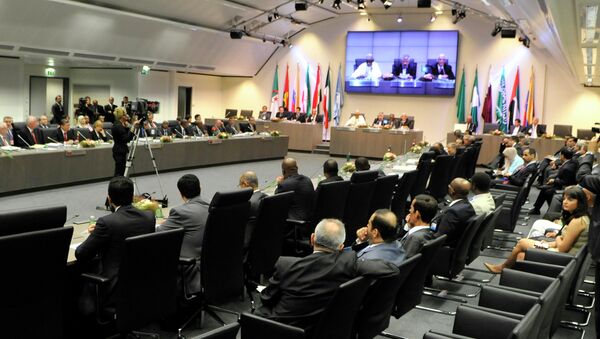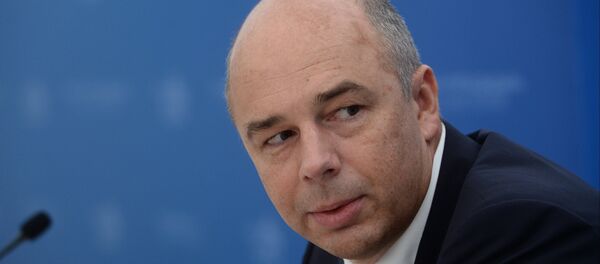For the last several weeks, Moscow has been the nexus of global oil politics. It has been visited by high-ranking Saudi, Iranian and Venezuelan officials. After the recent meeting with Saudi foreign minister, Sergey Lavrov said that both countries are “opposed to the pressures on the oil market which are a result of political interests” and this statement can be interpreted as a proof of some ongoing negotiations between Russia and Saudi Arabia regarding the oil market situation.
Will a joint production cut lead to a price increase? Most likely yes, but it is likely to be rather short-lived because US shale oil companies will likely use it to hedge their production through 2015 by selling oil futures. A massive hedging operation will swiftly bring the prices down. However, over the long term, even if a post-cut price surge will be quashed by selling pressure from the US oil producers, the fact that Russia and OPEC are capable of coordinated actions will slowly but surely drive the prices up. The possibility of a new coordinated cut will support prices more efficiently than the cut itself. In this context, for both Moscow and OPEC it makes sense to enact even a token coordinated cut just to bring the “cut risk premium” into the pricing equation of the global oil market. Besides obvious economic advantages, a joint action with OPEC will be a huge diplomatic victory for Kremlin. The OPEC meeting on November 27th will show whether an unlikely alliance between Russia and OPEC can become a reality.



